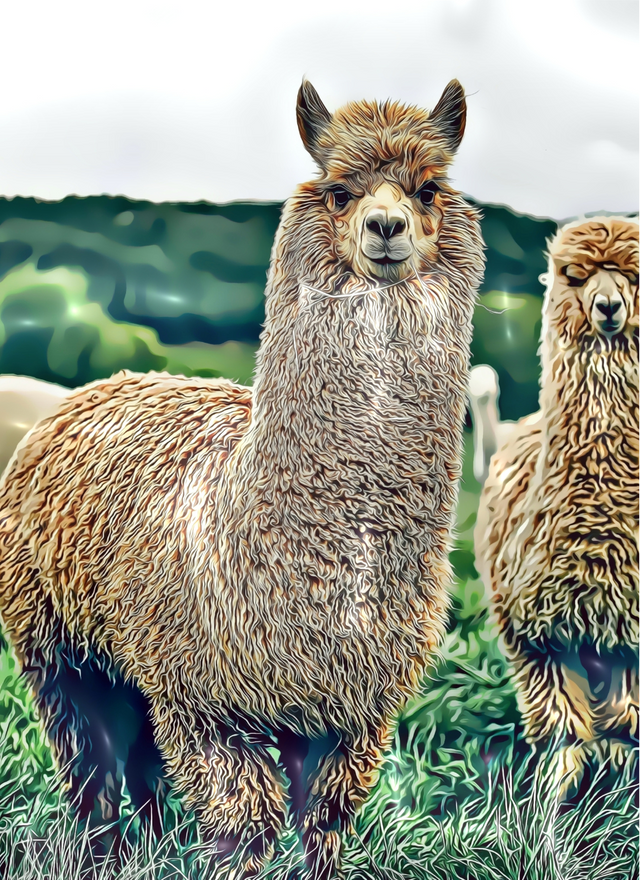The Eco Friendly Animal of the Andes
What makes alpacas eco-friendly is their interaction with the environment and their unique anatomy and behavior. Alpacas differ from other animals in the wild in several ways:
Instead of hooves, alpacas have two toes with hard toenails on top and a soft pad on the bottom of each foot, which minimizes their impact on pastures.
Alpacas have what is called Eco Teeth - they lack teeth in their upper palate, which sets them apart from other fiber-bearing animals and affects how they eat.
Alpacas pluck grass, while other woolly animals damage roots and even rip entire clumps of grass out of the soil. Alpacas do not eat the roots, resulting in less soil erosion and depletion.
When retailers use alpaca fiber for garments, they conserve energy, as alpacas provide a range of 20 natural colors.
If you're wondering what other benefits come with wearing garments made from their exquisite fiber, stay tuned for our next article, where we'll explain in detail why people find alpaca fiber garments so comfortable.
